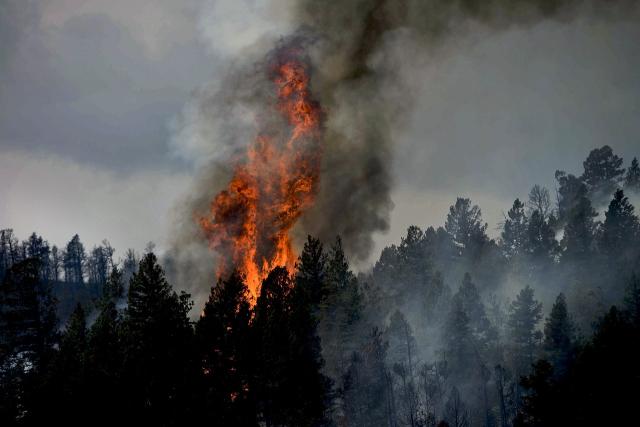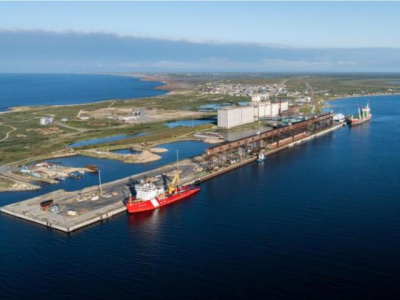Eye, nose and throat irritation, three things that many people have been dealing with this summer.
Some have also been dealing with more serious problems such as reduced lung function, worsening of asthma and other lung and heart conditions. 2023 has brought with it one of the worst wildfire seasons in Canadian history. Hundreds and hundreds of fires have ravaged the country with many of them having devestating effects.
For example, the 2023 wildfire season is the most destructive on record in British Columbia and parts of that province continue to burn. While fires continue to blaze in B.C., the effects of those fires continue to pose problems in Manitoba and specifically in this case, the Parkland region. Smoke from that part of the country has made its way to Manitoba and with it, comes continued smoky conditions. It's those conditions that can pose a health risk, with children, the elderly, and those with heart or lung conditions at greater risk.
Anna Johnston is with Prairie Mountain Health and she says when the skys are smoky, it's best to stay inside.
"It's important to limit your outdoor activity, especially if you notice that it's making you tired or short of breathe," said Johnston. "If it makes you tired, just stop and go inside. It's also important to limit the amount of time your children are spending outside, you have to watch out for them as well."
If you feel completely fine and fully awake when going outside and you then become fatigued, this is one of the biggest signs that it's time to make your way inside. Even if you don't think the smoke will affect you, it very well could be. More smoky conditions are expected for Thursday and while wildfire season is coming to an end, now is not the time to stop taking care of yourself and being cautious.
"If you're tired, you want to be going into a place where there is air conditioning or some kind of clean air filter being used, just take a break," ended Johnston.
In Manitoba, there are still dozens of fires burning; however, all are either under control or being monitored. In British Columbia, more than 400 fires continue to burn.






